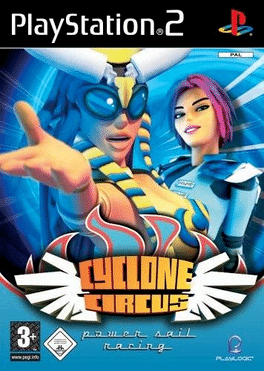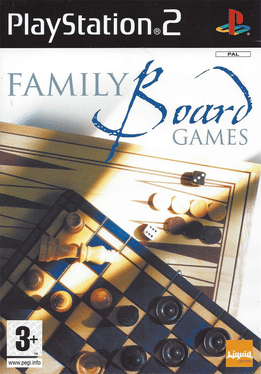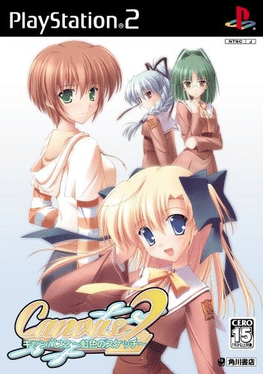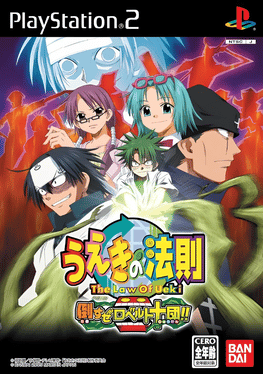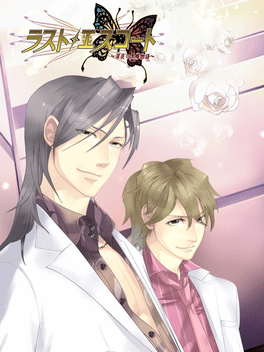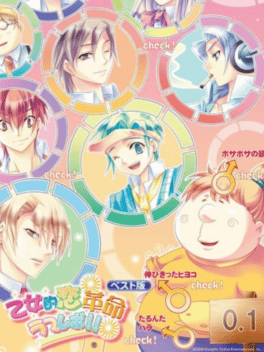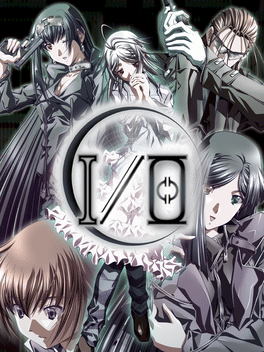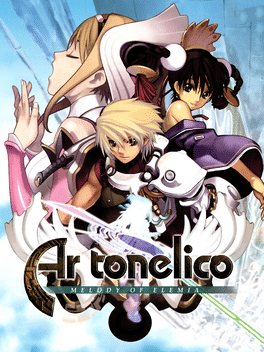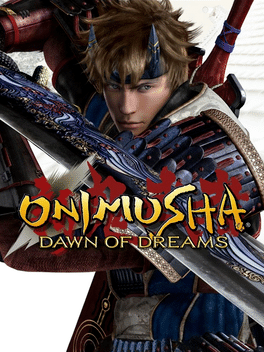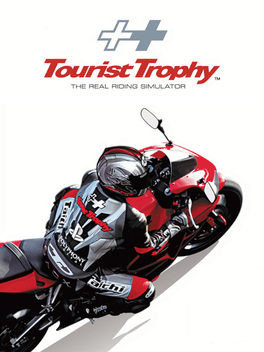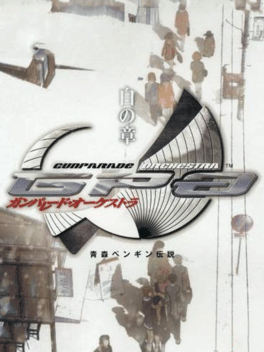New Ps2 Games - Page 35
-
Car Racing Challenge
2006
Car Racing Challenge
2006
Car Racing Challenge is a Racing game, developed by Tamsoft and published by 505 Games, which was released in Europe in 2006. The game is a rebranding of the japan only game The Tousou Highway: Nagoya-Tokyo. -
Samurai Aces
2006
Samurai Aces
2006
star 6.7Also known as Psikyo Shooting Collection Vol. 2: Sengoku Ace + Sengoku Blade in Japan, is a two game compilation. -
Cyclone Circus: Power Sail Racing
2006
A futuristic racing game released on the PlayStation 2 in 2006. -
Turbo trucks
2006
Turbo trucks
2006
Turbo Trucks is an aggressive, no-holds-barred race to the finish line featuring a line up of some seriously mean vehicles Set across winding woodland courses and remote desert canyons, you get to choose from a selection of gorgeous trucks and take on opponents in successive races to earn coveted trophies in the tournaments, or hone your driving skills in the quick races and time trials Win the tournaments to gain access to more courses and trucks! Ram, smash and spin your opponents off the track while perfecting your racing line to gain the upper hand -
Garfield: Saving Arlene
2006
Garfield, the world's most famous feline, is back for more adventure, and this time the fur really flies! While taking a well-deserved snooze, Garfield is awakened by dim-witted doggy, Odie, and sees his gal pal, Arlene, in the back of the pound car! Distraught over the idea of never seeing Arlene again, Garfield overcomes his natural selfishness and resolves to rescue her, taking Odie with him -- maybe the mangy mutt can finally be useful! Garfield and Odie set out for a crazy cross-town adventure filled with perils aplenty. Will the cat save the day and get the girl? -
Family Board Games
2006
Family Board Games
2006
Rediscover the world's best loved board games, now brought up to date for the PlayStation 2. It includes family favorites: Chess, Checkers, Backgammon, Quatro, Reversi and Enigma. -
Canvas 2: Niji-iro no Sketch
2006
A PS2 Port of the Visual Novel Canvas 2 ~Akane iro no Palette~ that removes adult content. -
I/O
2006
I/O
2006
I/O is a Japanese sci-fi mystery visual novel developed by Regista set in a near future Japan, where you play one out of four protagonists and try to uncover the mystery surrounding the killing spree in Megalopolis Tokyo. -
Ar tonelico: Melody of Elemia
2006
star 7Ar tonelico: Melody of Elemia is a role-playing video game developed by Gust Corporation for the PlayStation 2 and originally published by Banpresto in 2006. Journey throughout the world of Ar tonelico to find the key to destroying the viruses once and for all. Partner up with a Reyvateil, a girl who can create magic through songs, and fight your way back up the tower to save your home. Explore a Reyvateil's inner world with the revolutionary new Dive System, which allows you to go on "Virtual Dates" to increase their magical power. -
Dirge of Cerberus: Final Fantasy VII
2006
star 6.3Dirge of Cerberus: Final Fantasy VII is an action role-playing third-person shooter. As the first shooter game in the Final Fantasy series, the action is viewed from an over-the-shoulder perspective similar to Resident Evil 4, although players can switch to a first-person perspective if they wish. Defeating enemies yields EXP, and at the end of each stage, the player can either use that EXP to level up, increasing Vincent's stats, or convert it to Gil (the in-game currency), which can then be used to purchase items and equipment upgrades. -
Onimusha: Dawn of Dreams
2006
star 7.1Onimusha: Dawn of Dreams is the sixth installment of Capcom's Onimusha overall series, while being the fourth game in the canonical main series. While game retains the action elements from previous Onimusha, it offers a more varied amount of weapons as well as the option of going back to previous stage to unlock new content. The game also introduces a 3D camera as well as the ability to continuously fight alongside AI controlled characters who move depending on the player's orders. Dawn of Dreams was announced by Capcom due to high fan demand and several Capcom members realizing they could expand the action elements from Onimusha after working in Shadow of Rome. The game was designed in order to appeal to skilled gamers rather than the general market which resulted in appealing designs rather than realistic. -
Tourist Trophy
2006
Tourist Trophy
2006
star 7.3Tourist Trophy: The Real Riding Simulator is a 2006 motorcycle racing video game. It was designed by Polyphony Digital, the same team behind the popular Gran Turismo auto racing series. Tourist Trophy is one of only four titles for the PlayStation 2 that is capable of 1080i output, another being Gran Turismo 4, the game engine of which is heavily used in Tourist Trophy. Tourist Trophy was first released in China on January 26, 2006, then in Japan on February 2, 2006. The NTSC edition was officially released on April 4, 2006 with seven extra motorcycles, new riding gear, seven bonus background music tracks, enhanced visual effects, an exclusive "Semi-Pro Mode" and bike profiles. The PAL edition was launched on June 1, 2006 in Australia, and in Europe the next day. The PAL version offers two additional motorcycles and five new BGM tracks from European artists Infadels, Vitalic and Hystereo. -
Rule of Rose
2006
Rule of Rose
2006
star 6.8Rule of Rose is a survival horror game in which the player, who controls Jennifer, explores the game environments and furthers the plot by accomplishing tasks and experiencing cut-scenes while sporadically encountering enemies and bosses. Taking place in England in 1930, Rule of Rose centers on Jennifer, a young woman who is led to an abandoned orphanage by a small boy. -
Blazing Souls
2006
Blazing Souls
2006
The ninth entry in Idea Factory's IF Neverland brand. You take control of Xeros, a "contractor" who lost all memory of his past. Along with Adel, who encounters Xeros while on a journey in search of her parents, you'll head off on adventure. The game uses a simulation battle system featuring combination attacks and powerful "Hold" moves. -
Chaos Field: New Order
2006
Chaos Field is O3 Entertainment's adaptation of the space-shooting Japanese arcade hit of the same name. The game includes three characters, five levels, and multiple weapons to assist you in your 2D shootouts. During gameplay, you can shoot other bullets as they fly at you and use an energy field to absorb the ones you miss. -
Bakumatsu Roman: Gekka no Kenshi 1+2
2006
This is a compilation of the two games in The Last Blade series released by SNK Playmore only in Japan. -
Gunparade Orchestra: Shiro no Shou
2006
Gunparade Orchestra White Chapter ~Aomori Penguin Legend~ (ガンパレード・オーケストラ 白の章 〜青森ペンギン伝説〜) is a Japanese game co-developed by io-spiral, Dice Corporation and Alfa System. It was the first of the Gunparade Orchestra game trilogy released for PlayStation 2 on n January 12, 2006.


